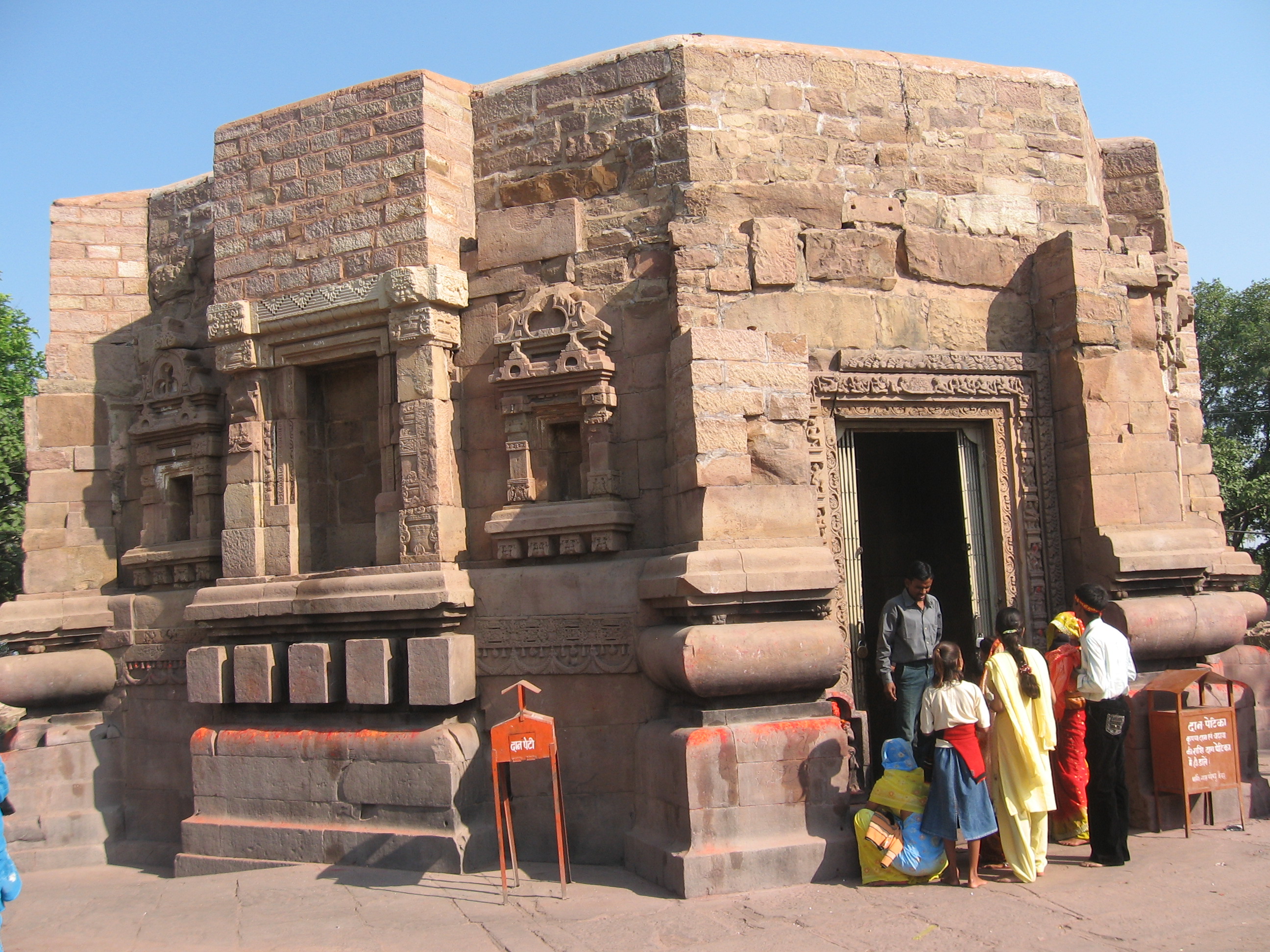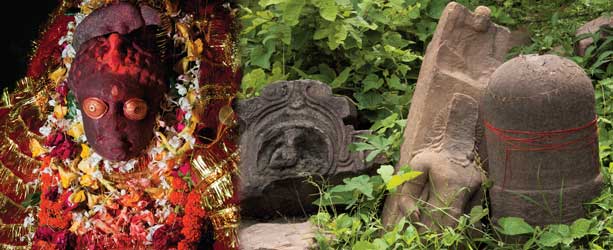The Mundeshwari Devi Temple
https://www.youtube.com/watch?v=rU2R9c12UzI
The Mundeshwari Devi Temple (also spelled as Mundesvari) is located at Kaura in Kaimur district in the state of Bihar, India on the Mundeshwari Hills. It is an ancient temple dedicated to the worship of Lord Shiva and Shakti and is considered one of the oldest Hindu temples in Bihar. It is also considered as the ‘oldest functional’ temple of the world.
Mundeshwari Devi Temple, Haridwar, Uttarakhand
As per the prevalent version, the temple was built in the period of 3-4 BC with the Narayana, or Vishnu, as the presiding deity. The statue of Narayana has disappeared due to the ravages of time. During 348 AD, a new deity Viniteswara was set up as a minor deity in the temple, holding a subsidiary position to Narayana, the main deity.
Around the seventh century AD, Shaivism became the prevalent religion and Viniteswara, which was a minor deity, emerged as the presiding deity of the temple. The Chatur Mukhalingam (Lingam with four faces) representing him was accorded the central place in the temple, which it holds even now.
After this period, the Cheros, a powerful aboriginal tribe and the original inhabitants of the Kaimur hills, ascended to power. The Cheros were worshippers of Shakti, as represented by Mundeswari, also known as Maheshmardini and Durga. Mundeswari was made the main deity of the temple. However, Mukhalingam still occupied centre stage in the temple. So the image of Durga was installed in a niche along one wall of the temple, where it resides to this day, while the Mukhalingam survives as the subsidiary deity, though in a central position.
It is believed that rituals and worship have been performed here without a break; hence Mundeshwari is considered one of the most ancient functional Hindu temples in the world.





The Mundeshwari Devi Temple (also spelled as Mundesvari) is located at Kaura in Kaimur district in the state of Bihar, India on the Mundeshwari Hills. It is an ancient temple dedicated to the worship of Lord Shiva and Shakti and is considered one of the oldest Hindu temples in Bihar. It is also considered as the ‘oldest functional’ temple of world.
The inscription of an information plaque erected by the Archaeological Survey of India (ASI) at the site indicates the dating of the temple to 108 AD. However, there are other versions for the dating stating the Saka era, prior to Gupta dynasty rule (320 AD) in India, and specifically to 105 AD according to the Administrator of the Bihar Religious Trust Board. The temple, a protected monument under ASI since 1915, is substantially damaged and is under restoration.
The Mundeshwari Devi temple located on the Mundeshwari Hill at an elevation of 608 feet (185 m) is in Kaimur district of Bihar. Located on Khaimur plateau across Son River, there are many archaeological relics on the Mundeshwari Hill. It can be reached by road via Patna, Gaya, or Varanasi. The nearest railway station is at Mohania – Bhabua Road Railway Station from where the temple is 22 km by road.
ARCHITECTURE
The temple, built of stone, is on an octagonal plan which is rare. It is the earliest specimen of the Nagara style of temple architecture in Bihar. There are doors or windows on four sides and small niches for the reception of statues in the remaining four walls. The temple shikhara or tower has been destroyed. However, a roof has been built, as part of renovation work. The interior walls have niches and bold mouldings which are carved with vase and foliage designs. At the entrance to the temple, the door jambs are seen with carved images of Dvarapalas, Ganga, Yamuna and many other murtis. The main deities in the sanctum sanctorum of the temple are of the Devi Mundeshwari and Chaturmukh (four faced) Shiva linga. There are also two stone vessels of unusual design. Even though the Shiva linga is installed in the centre of the sanctum, the main presiding deity is Devi Mundeshwari deified inside a niche, which is seen with ten hands holding symbols riding a buffalo, attributed to Mahishasuramardini.The temple also has murtis of other popular gods such as Ganesha, Surya and Vishnu. A substantial part of this stone structure has been damaged, and many stone fragments are seen strewn around the temple. However, under the jurisdiction of ASI, it has been the subject of archaeological study for quite some time.
WORSHIP
It is believed that rituals and worship have been performedhere without a break, hence Mundeshwari is considered one of the most ancient functional Hindu temples in the world. The temple is visited by a large number of pilgrims each year, particularly during the Ramnavami, Shivratri festivals. A big annual fair (mela) is held nearby during the Navaratra visited by thousands. The worship of shakti in the form of Devi Mundeshwari in the temple is also indicative of tantric cult of worship, which is practiced in Eastern India.
RENOVATION AND RESTORATION
The Archaeological Survey of India is restoring the temple under instruction from the Union Ministry of Culture. Restorative works include the removal of soot from the temple interior via a chemical treatment, repair of damage to religious murti and cataloging and documentation of scattered fragments for later reuse. Other works include installation of solar powered lighting, displays for antiquities and provision of public amenities. The Government of Bihar has allocated Rs 2 crore to improve access to the temple.
http://www.maamundeshwari.org